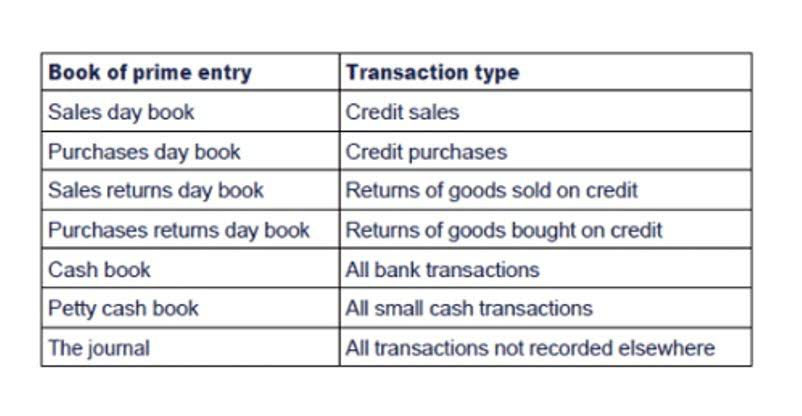
It’s up to HR to determine which metrics will most help to leverage the headcount metric. Too often, HR will look at headcount metrics or other metrics in isolation rather than determining what these metrics mean from a business perspective. Linking performance with business outcomes in headcount reports will provide real value to business leaders and help you meet organizational goals. The key difference between headcount vs. FTE is that headcount tells you how many people are currently employed in your organization. Meanwhile, FTE tells you how many full-time hours are being collectively worked. HR departments use FTE to standardize their part-time employees’ working hours and salaries.
How To Calculate FTE
FTE stands for full-time equivalent and is used by businesses to calculate the total number of full-time hours worked within their business among all employees. A full-time employee (working 40 hours per week) is equal to one FTE; a part-time employee (working 20 hours per week) https://www.bookstime.com/ is equal to 0.5 FTE. In most cases, employers fall below the threshold required to be an ALE and are, therefore, not subject to the employer shared responsibility provisions. A typical full-time schedule is 40 hours per week, 52 weeks per year, which totals 2,080 hours.

Checking an employee’s FTE with Clockify
Many laws and regulations related to benefits eligibility, overtime pay, and other workforce standards depend on whether an employee is classified as full-time or part-time based on FTE status. Employee productivity can be measured to determine how much each full-time equivalent generates for the business. By multiplying the number of FTEs by the average cost per FTE, HR can predict total labor budget needs more precisely than just using headcount alone.

What Is a 2-2-3 Work Schedule and How to Implement It?
- Each part-time employee counts as a fraction of one FTE based on how many hours they work on average.
- If you have at least 50 FTEs employees, you are an ALE for the year, which means you are subject to specific reporting requirements and share responsibilities under the ACA.
- This ensures that you’re not getting a skewed result based on a higher or lower number of hours worked in a week than typical.
- The FTE employee doesn’t have to actually exist, and can be a combination of part-time employees.
- FTEs may also influence how many hours employees can accrue for PTO.
- Using time tracking software, like Homebase, will allow you to run a historical report based on employee work history and status to gather the average hours worked using custom fields.
All you need to do is enter how many hours of work are required to complete the whole project (estimated time) and then how many hours a day your employees will work on that specific project. Bear in mind that these are just simple FTE example calculations — project managers approach FTE from a different angle, while federal programs use different FTE calculation methods. First and foremost, make a list of all your employees within an organization.
- For example, headcount reporting might tell you that you have 200 employees in your organization today.
- FTE data serves as a common metric for communication and decision-making across departments and organizational levels.
- To be able to calculate the total FTE in your company, you need to determine the FTE of your part-time workers first.
- FTE refers to one full-time employee or the equivalent of a full-time employee.
What is the difference between full-time equivalent and full-time employee?
Renew now to continue enjoying unlimited articles and exclusive resources. SHRM Members enjoy unlimited access to articles and exclusive member resources. In this case, the calculation may show that the first professional is overqualified for the position, whilst the other fte meaning needs more training and development. Let’s take a look at a few of the more common programs you might be expected to provide an FTE figure for. Sudden changes or churn in FTE numbers can serve as an early warning for HR of underlying staffing problems or challenges.
An example of full-time equivalent at work


